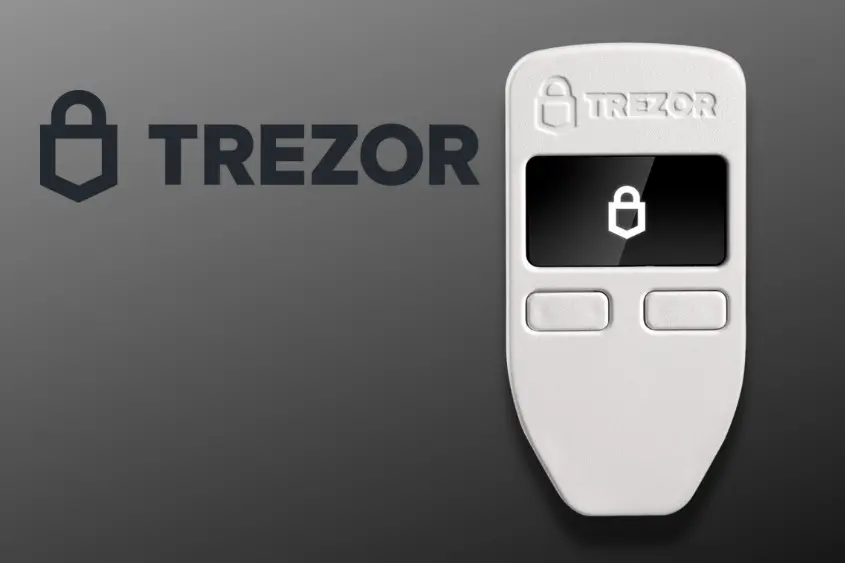Trezor.io/start — Complete Setup Guide for Your Trezor Hardware Wallet
Learn how to securely set up, configure, and use your Trezor wallet through the official Trezor.io/start portal.
For beginners entering the world of cryptocurrency, Trezor acts as your **secure offline vault**, keeping your private keys safe from hackers, malware, and phishing attacks. Unlike online or mobile wallets, a hardware wallet ensures your crypto ownership cannot be compromised by remote attackers.
This comprehensive, ~2000-word guide takes you through everything: initial setup, PIN creation, firmware updates, receiving funds, and advanced security practices. Whether you're storing Bitcoin, Ethereum, stablecoins, or NFTs, Trezor.io/start gives you the secure foundation you need.
- Authentic and tamper-proof Trezor Suite installation
- Accurate guidance for PIN, firmware, and recovery seed setup
- Protection from imitation websites
- Safer onboarding for new crypto users
Step-by-Step Setup Guide Using Trezor.io/start
Step 1: Unbox Your Trezor Wallet
Your Trezor must be factory-sealed. Trezor never includes a printed recovery seed in the box — if you see one, the device has been tampered with.
Step 2: Go to Trezor.io/start
Type the URL manually in your browser. Avoid using links sent via social media or email. Download the official Trezor Suite app for desktop or mobile.
Step 3: Install & Launch Trezor Suite
Trezor Suite is your secure hub for managing coins, updating firmware, and accessing the crypto ecosystem. Install it and start the setup.
Step 4: Initialize Your Hardware Wallet
Trezor Suite will walk you through:
- Choosing a strong PIN
- Generating your recovery seed
- Confirming seed words on the device
Step 5: Update Firmware
Your Trezor may require a firmware update. Trezor Suite will prompt you when needed, ensuring maximum security and new features.
Step 6: Add Cryptocurrency Accounts
You can now add blockchain accounts (Bitcoin, Ethereum, Litecoin, Solana, and more) inside the Trezor Suite dashboard.
Step 7: Receive & Store Crypto Safely
Trezor Suite generates blockchain addresses that only your device can authorize. This ensures your private keys never touch the internet.
Essential Security Tips for Trezor Users
Trezor hardware wallets provide cold storage, meaning your private keys stay offline permanently. Still, your recovery seed remains the ultimate key to your crypto.
Anyone who has your recovery words gains full control of your assets. No Trezor staff member, app, or website will ever ask for it.
Additional tips:
- Write your seed on paper or metal — never store it digitally.
- Use a strong PIN with no repeating digits.
- Avoid typing your seed anywhere except directly into your Trezor device.
- Beware of fake customer support sites.
- Regularly update Trezor Suite and firmware.
Trezor vs Software Wallets: A Quick Comparison
| Feature | Trezor Hardware Wallet | Software Wallets |
|---|---|---|
| Security Level | Ultra Secure (offline) | Moderate (online) |
| Private Key Custody | 100% user-controlled | Varies by app |
| Supports DeFi | Yes (secure integration) | Yes (but riskier) |
| Cost | Paid device | Free |
Frequently Asked Questions
Yes. Always type the URL directly to avoid phishing websites.
You can recover your crypto using your recovery seed on a new Trezor device.
Yes, Trezor can integrate with MetaMask for secure DeFi transactions.
Trezor Suite is essential for managing accounts, sending crypto, and updating firmware.
Conclusion: Start Your Secure Crypto Journey at Trezor.io/start
Trezor.io/start is your official, secure gateway to setting up a Trezor hardware wallet the right way. By following the steps carefully, protecting your recovery seed, and managing your assets through Trezor Suite, you gain unmatched security and control over your cryptocurrency.
Your crypto is only as safe as the wallet that protects it — and with Trezor, you’re choosing one of the most trusted hardware wallets in the world.
Begin now. Secure your digital future with confidence.
